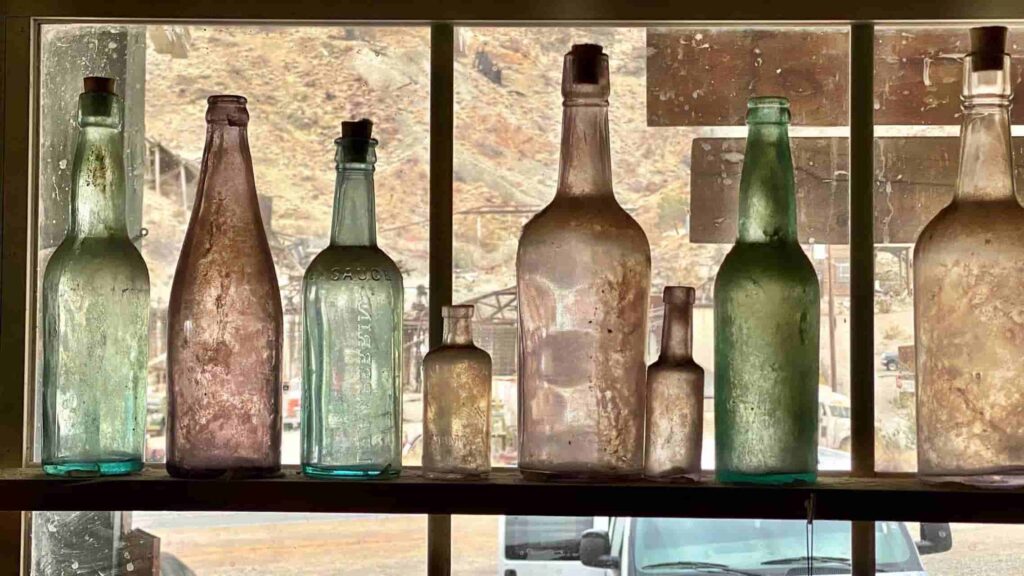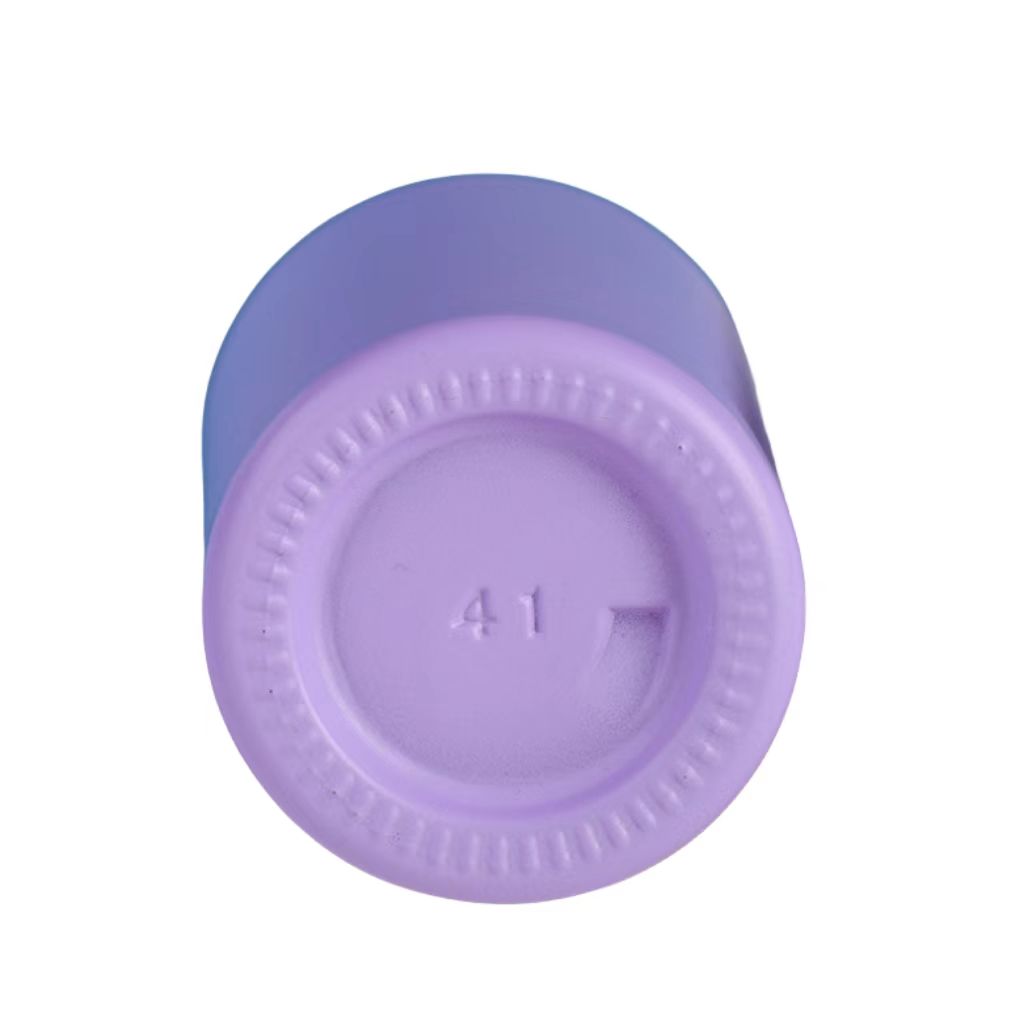Have you come across an old bottle with its surface covered in patina from its long history, leaving its surface marked by signs of use? Did it pique your interest as to its source or meaning when you first discovered it? From attics and basements alike to backyards across America and the globe – there are always more hidden stories and mysteries waiting behind every object we come across. The discovery of an old glass bottle’s age can be an intriguing journey, combining the precision of science and the subtleties of art into a single process. This blog dives deep into antique glasses, exploring simple yet effective methods for ascertaining their age as silent witnesses of history. This guide will open your eyes and transform each bottle into an intriguing puzzle from the past.Whether you are an expert collector, novice treasure hunter, or simply interested in old objects. We will lead both beginners and experts alike through the fascinating process of dating old glass bottles.
Tip 1: The Tale of Mold Seams
Mold Seams play an essential part in dating glass bottles. Relics of bottle-making processes leave behind mold seams which serve as a historical timeline of their past existence and serve as an indicator as to their age and origins. Antique bottles provide an invaluable look back in time, and mold seams are an accurate barometer of age.
Before the 1850s, bottles were hand-blown by skilled artisans without seams at all. Creating pieces without seams that will become part of an invaluable collection.
At the dawn of the Industrial Revolution around the 1850s, glassmaking saw a dramatic transformation with the introduction of machine production in glassmaking. With mass production now possible, bottles could now be mass-produced resulting in constant mold seams appearing throughout production lines. An intriguing aspect is found in the patterns and locations of these seams.
A seam that extends to the lip might indicate more recent production dates after the 1880s when more advanced bottle-making machinery was in use. Decoding these subtle differences between mold seams is like reading a historical narrative, with each seam representing an era in glassmaking history.
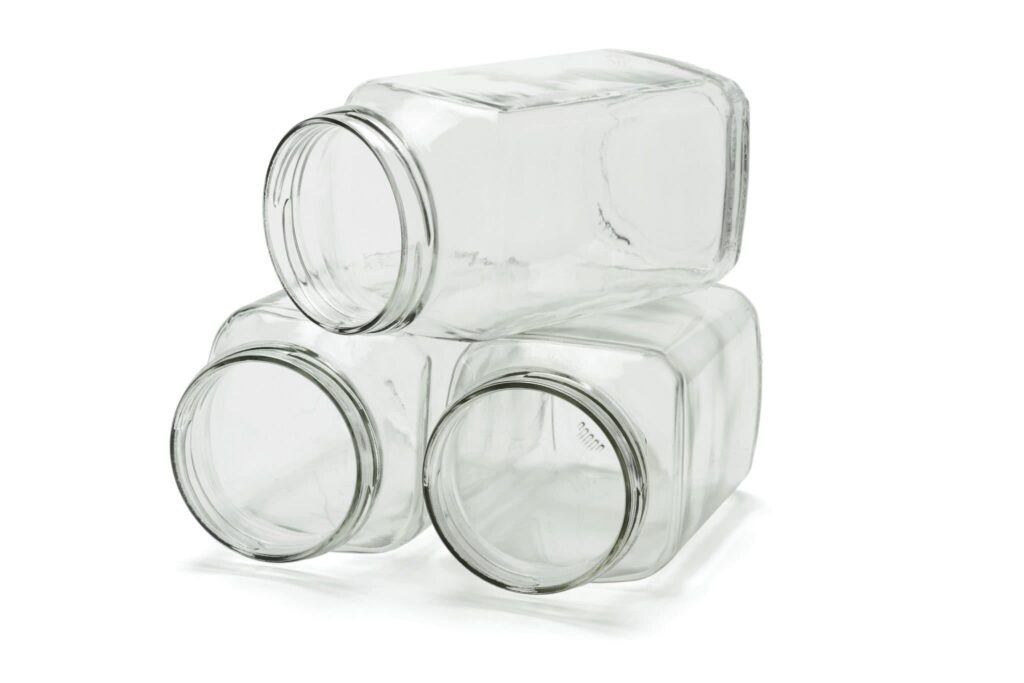
Tip 2: The Mark of History: Pontil Marks
Pontil marks are widely considered the “fingerprints of antiquity” on glass bottles and play an essential part in historical glass identification. These marks, found at the base of bottles, indicate where pontil rods used during glassblowing were attached and detached over time. These marks, often found on bottles produced before the 1860s, stand as testaments to the handmade, artisanal nature of glassmaking in that era.
Each pontil mark is individual; from sharp, jagged scars to smoother circular indentations depending on the glassblower’s technique and detachment method of their rod. Their presence marks a bottle’s journey through time. Marking it as handcrafted in an age before mass manufacturing processes were widely employed. Pontil marks are not only indicators of age, but they’re also symbols of the individual skill and craftsmanship involved in each bottle’s creation. By understanding pontil marks we gain direct access to glassmaking history. Hearing tales from an era where each bottle was seen more as art than just a storage container.
Tip 3: Color and Texture: The Glass's Story
Glass bottles hold an evocative story about their age and origins that is both silent and telling. Diving into this aspect is like unearthing an expansive tapestry of history: pre-20th century bottles stand out with distinct hues that speak volumes about their age and material used for production, such as deep amber to rich green hues with occasional milky opalescence hues from deep ambers to rich greens. Often caused by impurities in the sand used during glassblowing or through minerals added for coloring purpose.
These vintage bottles may reveal clues of their age through their texture: bubbles, striations lines, and slight asymmetries can indicate they were created during an era when glassblowing techniques relied less heavily on precision and more on skilled artisans to craft each bottle by hand. Such imperfections don’t take away from its value or character – rather they add another unique dimension that sheds light onto the glassmaking traditions of its period and help make each piece an exceptional testament of craftsmanship and history. Understanding antique glass bottles’ colors and textures goes beyond simply dating them. It also lets us appreciate both craftsmanship as well as historical context in which their creation took place.
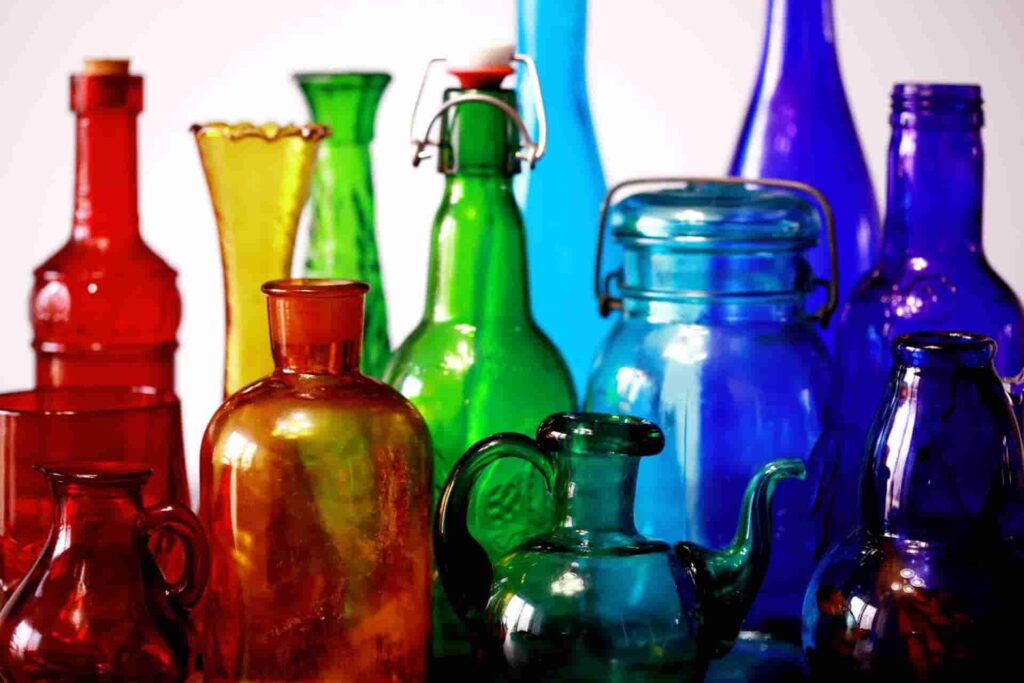
Tip 4: Embossed with History
Many antique glass bottles have more than the sheen and shine of old glass. They often bear embossed marks, maker’s markings, and labels, which provide a window into their fascinating history. These raised or indented letters are more than just decorative; they are also rich in history. Maker’s marks are often found at the base or on the side of bottles. They can be similar to the signatures of the glassworks that made the bottle. These marks can be anything from simple initials to logos, or intricate designs. Each is unique to the manufacturer.
When we explore the world of embossings, we discover that they are much more than just aesthetic embellishments. They can indicate whether the bottle was originally intended for beverages, pharmaceuticals, or personal care products. Style, font, and placement of the embossing are indicative of certain historical periods. They can provide clues as to how old a bottle is.
The original label, although less common because of wear, contains a wealth of information, including the contents and even the date of manufacture. These markings can be researched, which often requires a thorough dive into historic records or consulting collector guides. This will reveal specific details regarding the bottle’s origin and production date. The journey through the history of a glass bottle’s markings can help us date the artifact, but it also helps us understand the industrial and cultural contexts that which these glass treasures were made.
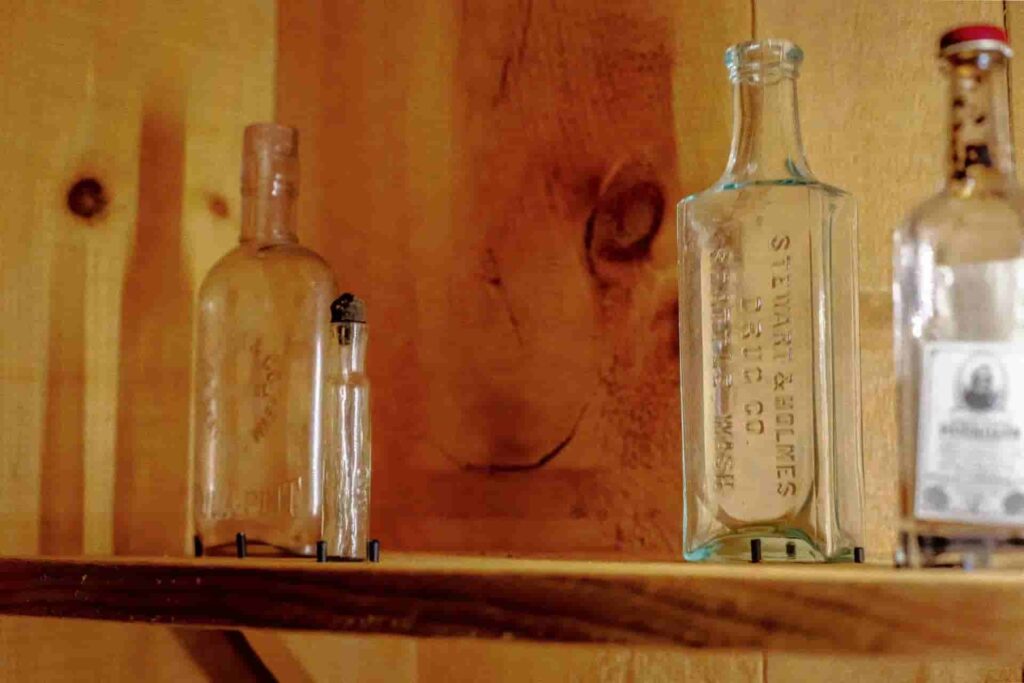
Tip 5: Shape and Design: A Reflection of the Times
The shape and design of bottles provide an accurate reflection of technological and cultural advancements at any point in history. Their form and aesthetics reflect their industrial context of creation. For example, looking at soda and beer bottles over time provides a fascinating study in industrial design. Early beer bottles were thicker and darker colored due to needing protection from light. Over time this has changed with consumers shifting preferences toward more streamlined shapes with different color trends becoming popular over time.
Soda bottle designs vary drastically due to branding requirements and technological advances in production technology. Unique designs were used to differentiate brands in an increasingly competitive market. Coca-Cola’s iconic shape stands out immediately and speaks of its particular historical period.
At the dawn of the 20th century, automated bottle machines created bottles that met mass production needs with their uniform sizes and shapes – evidence of this change is seen today by their symmetrical shapes and uniform dimensions.
Exploring bottle shapes and designs provides a fascinating window into changing landscapes in industrial design, consumer cultures, and technological innovation. Each bottle’s distinctive contours, aesthetics, and design choices serve as tangible markers of its time of production. Providing us a glimpse into past consumer culture and daily life.
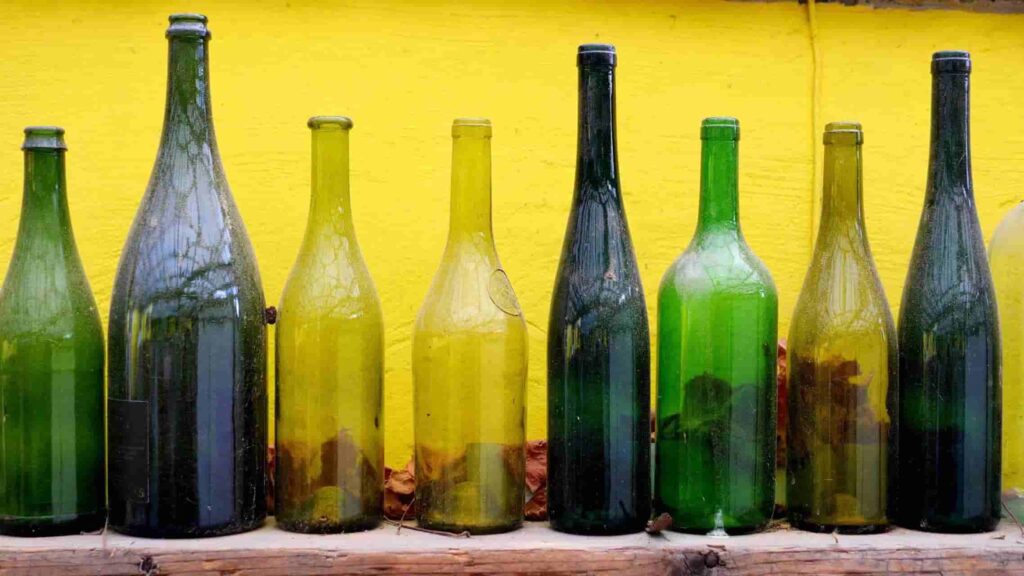
Tip 6: Lips and Closures: The Evolution Over Time
▶ The Story Told by Bottle Lips
The evolution of the lip of a glass bottle is a silent but telling record of changes in technology and style over time. Bottle lips were originally hand-tooled by skilled artisans and then finished, giving them a wide range of irregular, unique shapes. The early lips on bottles dating from the 18th century and the early 19th century bear the mark of hand-crafted craftsmanship. Each lip is slightly different. The lips of bottles became more precise and uniform as glassmaking technology improved, especially with the introduction in the early 20th century of the Owens Automatic Bottle Machine. The transition from machine-made to hand-tooled lips is not only a sign of a change in production processes. But it also gives a timeline for dating bottles. A bottle with a poorly applied lip will be older than a bottle with an evenly-applied lip. This indicates a production era before automation.
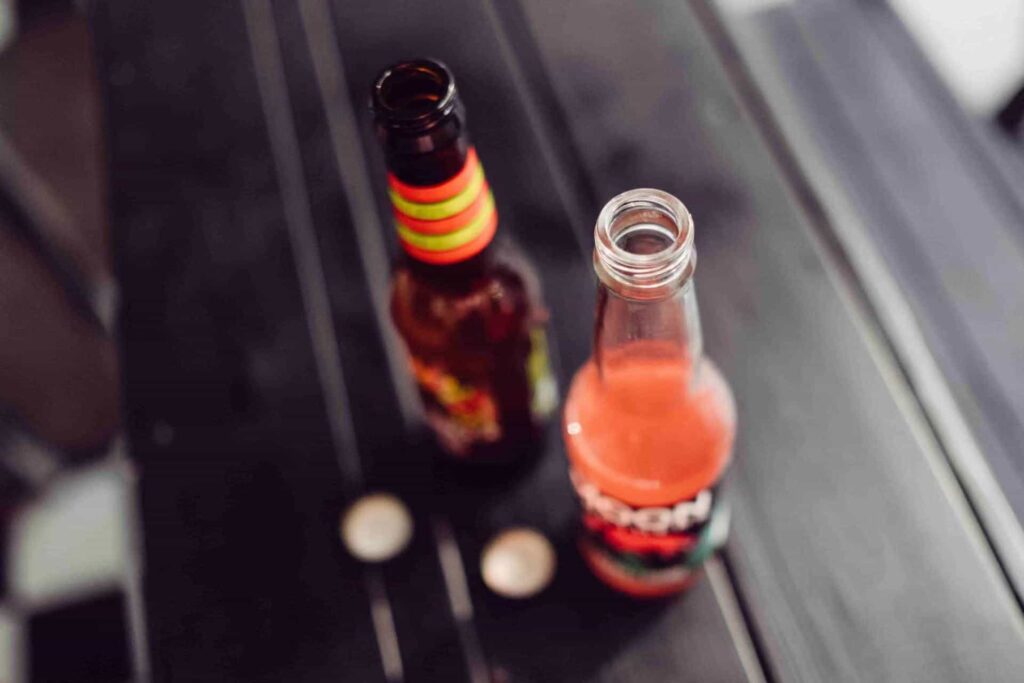
▶ Closure Types and Their Timeframes
The evolution of the closures is also a good indicator of the age of a glass bottle. Closures often reflect the consumer demands and technological advances of the time. The cork, which was a popular closure method for many centuries, slowly gave way to newer, more sophisticated mechanisms. In the early 20th Century, the advent of the screw top marked a major shift. The screw top was initially used for jars but its convenience and effectiveness soon made it popular on bottles. As manufacturing processes improved, its popularity increased. A screw-top bottle is usually a product of the 20th century, as opposed to those with corks, or older methods such as the lightning stopper.
The lip and the closure of a glass bottle can provide a fascinating look at its age. These features do not just serve as functional elements, but tell the story of a bottle’s origins. They reflect the technological advances and social changes of its time. These features are important pieces of the puzzle when dating antique bottles. They link each bottle with its unique place in historical events.
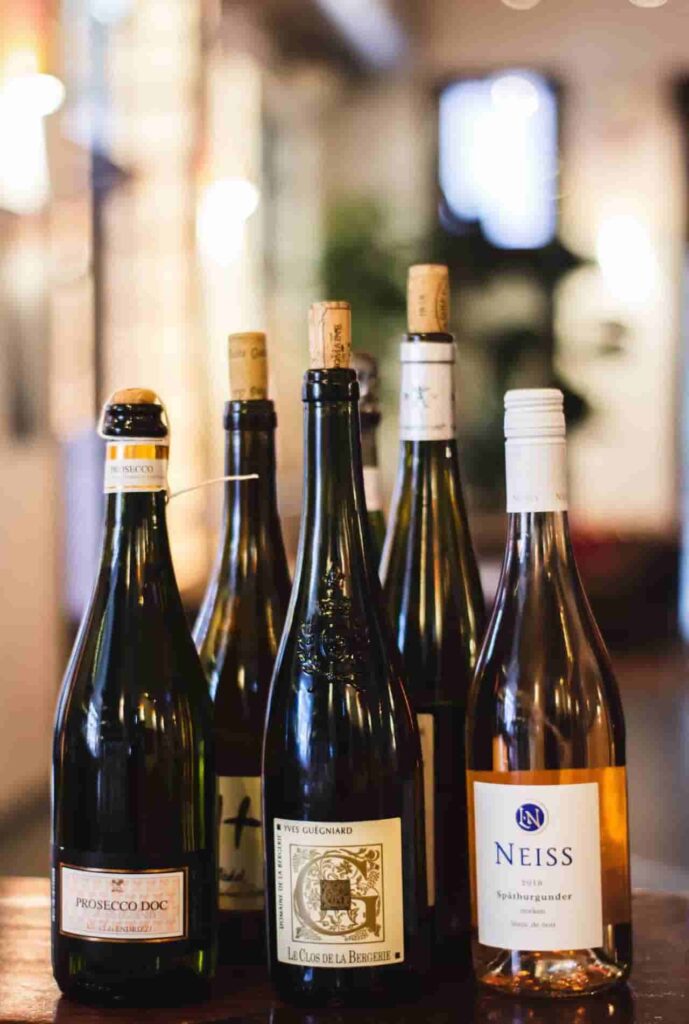
Conclusion
It’s more than just a hobby to try and estimate the age of a glass container. It is a fascinating journey through time. This guide is only a window into the fascinating and intricate world of bottle aging. As you explore this world, each bottle will become a tangible link with history. It will tell stories of past eras, changing technologies, and human ingenuity.
This exploration isn’t just for enthusiasts or curious minds. This is about piecing the history of each bottle together, from its birth to its journey throughout time. Every detail, whether it’s the meaning of the color or design of a glass bottle, the mold seams, and pontil marks on the label, adds to the history of the bottle.
When you hold an old bottle, you are not only holding a glass piece but also a relic from the past. Each one has its own unique story that is waiting to be explored. This ongoing journey of bottle aging connects you to history one bottle at a time and reveals our intricate heritage. Enjoy the journey and each discovery, while allowing the bottles to enrich your knowledge of the past.
